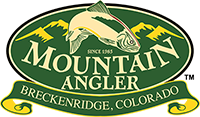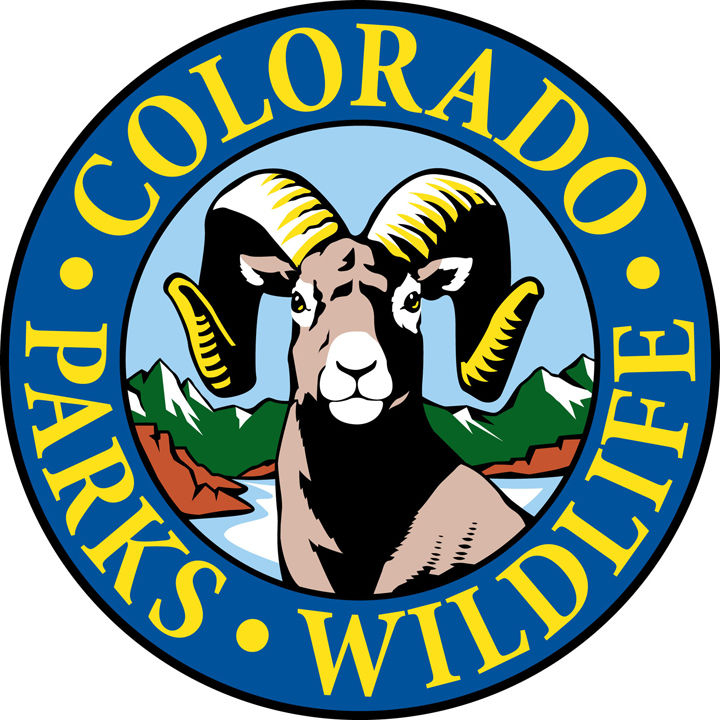New Year Beacon

President Biden’s Executive Order to protect 30% of our land and water by 2030 has been on the table for months. However, many details including funding and land conservation classifications are unclear. Twenty-six percent of our water is currently protected, though only about 12% of our land is officially conserved by federal estimates.
"To achieve the America the Beautiful framework, we are doing it one lands package at a time," Colorado Congressman Joe Neguse said last month at an event organized by the Conservation Lands Foundation. He pointed to H.R. 803, the "Protecting America’s Wilderness and Public Lands Act," approved on a largely party-line vote (E&E News PM, Feb. 26). That package would establish nearly 1.5 million acres of new wilderness areas and incorporate more than 1,000 river miles into the National Wild and Scenic Rivers System in Arizona, California, Colorado and Washington state.
While the US has some of the world’s strongest environmental policies, its species, ecosystems, and natural spaces are in rapid decline. About 12,000 wildlife species need protection to avoid the threat of extinction. Brenda Mallory, Chair of the Council on Environmental Quality, says “We are witnessing staggering declines in wildlife populations.”
Biodiversity and climate change resiliency are the major tenants of this massive initiative. Since many regions have common ecosystems across jurisdiction and management, it makes sense to collaborate. To achieve optimal results in these areas, it will take consistent criteria that helps to define climate change resiliency across landscapes. Prescriptions will vary, but common ecosystems should be treated as contiguous for the benefit of all.
One problem is it is still unclear what land types will be counted. Debate on this issue could cloud efforts for collaborative common stewardship. Ideally, I would like to see all land stewarded for optimal soil health, wildlife habitat health as well as carbon capture. That would involve public land and just as importantly, private land.
According to the America the Beautiful report, farming, grazing and logging could count as conservation under the 30% designation. That’s if the land is managed with “the long-term health and sustainability of natural systems” in mind. While many support this approach, others strongly disagree.
Andy Kerr, an Oregon-based conservationist, said: “Real conservation doesn’t have room for commercial logging and grazing. These lands are not dedicated to the preservation of biodiversity but instead to extractive commodities,” he explained. He has a point if the metrics are loosely defined.
A clear framework that defines climate resiliency across land managers and practices, will be a crucial piece of this ambitious yet contentious and ambiguous initiative.
A lot of private land is being stewarded for sustainability attributes. We need to account for that and encourage more of those practices that connect wildlife corridors, enrich the soil and capture carbon.
Public land of all categories should partner and collaborate with private enterprises to ensure the most optimal ecological outcomes in common ecosystems. Alliances that include town and county land as well as federally managed parcels will be crucial to the success of this admirable 30 by 2030 goal.















